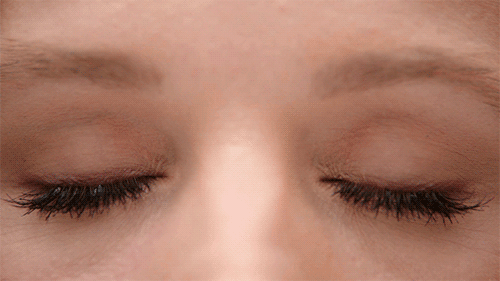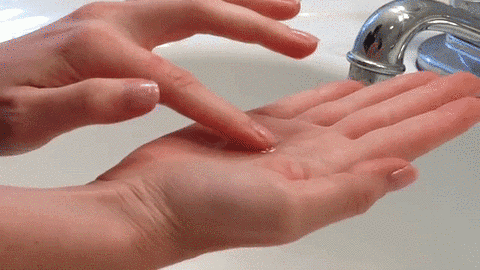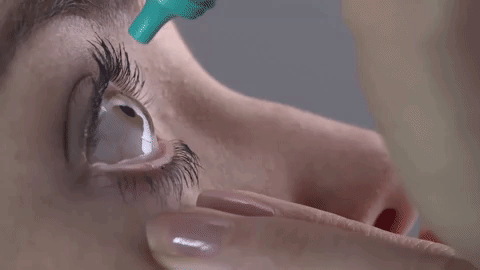Terms and ConditionsPrivacy Policy Consumer Rights
©Copyright 2025 by lens.me. All Rights Reserved.What Actually Happens When You Clean Your Contacts?
The technology used to produce some of the world’s most advanced colored contact lenses is pretty incredible, but that doesn’t necessarily mean that contacts don’t require additional care and maintenance. Once thought of as an item you put in and forget about, today’s lenses do need a bit of extra TLC in order to keep them and your eyes healthy.
Whether you wear older hard lenses or beautiful colored options from Solotica, Bella, or any of our other great brands, it’s important to understand what cleaning your contacts actually does. Today, we’re going to explore what happens in your contact lens case while you sleep.
What Actually Happens When You Clean Your Contacts?
All Tools Are Not The Same
Contact lens wearers should be careful that they use the appropriate items to clean their lenses correctly, and even non-prescription colored lenses should be handled in this same manner. When you’re shopping for solution, make sure to purchase options that are for cleaning contact lenses only. Rewetting eye drops and other eye products are not the same, so read the box carefully.
You’ll also want to make sure that you use a contact lens case that’s washable and comes with removable lids. As much as it may seem like common sense, sometimes people try filling a coffee mug with solution and dunking their lenses inside. Let’s set the record straight - that is not a sanitary way to clean your colored contacts!
Related: Your Guide To Finding The Right Colored Contacts
The Science Behind It
In general, there are two types of contact lens cleaning solutions on the market - ones that are hydrogen peroxide based and ones that are composed of a variety of sterile ingredients. Both require that you soak your lenses in them for a decent amount of time, six hours at a minimum is often recommended, in order for them to be fully effective.
So what do these solutions actually do? In both cases, they work to break down and dissolve protein build-up that naturally forms on contact lenses after regular wear. Our tears contain a range of natural compounds and our specific makeup of proteins tend to like adhering to contacts. Over time, if these deposits aren’t removed, your lenses will seem cloudy and can be very uncomfortable.
Contact lenses, colored or not, also require disinfection each time you put them into your eyes, so it naturally makes sense to begin this process when you take them out for the night. Despite the fact that our eyes are pretty clean, the environment around us, and especially our hands, are not. Taking the time to soak your contacts in sterile solution will ensure that they are germ-free and ready for the next morning.
Proper contact lens care and cleaning cannot be emphasized enough as we only get one set of eyes! Contact lens wear can lead to dangerous infections if you do not clean them properly, so be sure to make this a priority. Colored contacts only last so long, so keeping track of a replacement schedule is also critical to make sure you’re putting fresh lenses onto your eyes as needed.






